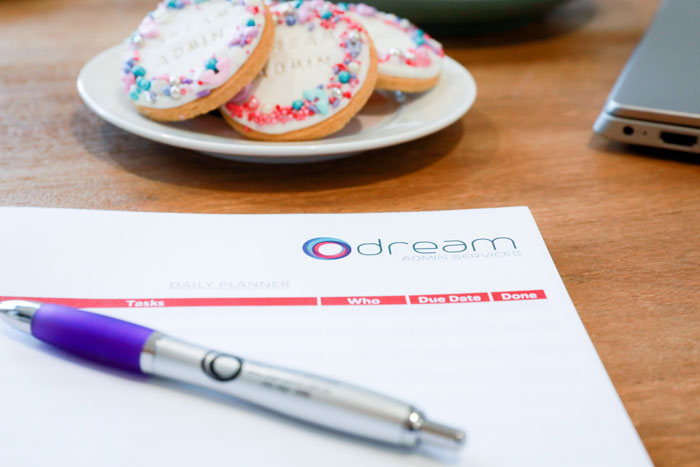Single Touch Payroll (STP) is the federal government system used to transfer employee payment and tax information to the ATO. All businesses which employ at least one person must use STP. How it works and what business owners need to do can seem a little confusing.
Here we break down the essential information you need to know about Single Touch Payroll to be compliant and avoid penalties.
What is Single Touch Payroll (STP)?
Single Touch Payroll (STP) is how employers report employee information to the Australian Tax Office (ATO).
Each time an employee gets paid, their tax and superannuation information is sent to the ATO. The payroll information submitted via STP includes:
- Salary and wage amounts
- Pay-As-You-Go (PAYG) tax withholding amounts
- Superannuation
In the past, employers would report payroll information to the ATO quarterly or annually. This made tax reporting a big and complicated job.
The aim of STP is to reduce the reporting burden for employers. By using STP enabled software, the submission of payroll information to the government can happen very quickly and easily.
Who needs to use Single Touch Payroll?
All employers with at least one employee must use STP to avoid incurring penalties.
To report via STP you have a few options:
- Process your own payroll and use STP-enabled software to report payroll information
- Process your own payroll but use a registered tax or BAS agent to report through STP on your behalf
- Use a third party payroll service provider to process payroll for you and report via STP on your behalf
Phase 1 vs Phase 2
Phase 1 of STP kicked off in 2018 and saw all employers with 20 or more employees transition to STP.
In 2019, all employers with 19 or fewer employees moved to STP.
Phase 2 of STP came into effect on 1 January 2022. It aims to further reduce duplication in reporting of payroll data. It also streamlines the sharing of information with employees. For example, it can pre-fill information on their individual income tax returns.
Some of the changes that are part of Phase 2 include:
- Breaking down gross income amounts into different payment types, like alary/wage, bonuses, commissions and overtime
- Itemising allowance payments
- Including employment basis in STP reports
- Including details of when and why an employee leaves in STP reports
If you are using STP-enabled software, your software provider will have already updated their platform to comply with the Phase 2 STP reporting requirements. All payroll providers and tax/BAS agents should also be aware of the new requirements.
As part of Phase 2, superannuation funds are also reporting via STP. The ATO will also share STP information with Services Australia to streamline delivery of government payments and services.
What is STP-enabled software?
STP-enabled software are digital platforms that have built in the required reporting, authorisations and declarations to be compliant with STP requirements. They typically offer STP as part of a suite of accounting/payroll functionality.
All the major accounting software providers in the Australian market offer STP compliant reporting and functionality, including Xero, MYOB and QuickBooks.
You can check if a software solution is STP-enabled using the ATO Product Register.
What accounting software should you use? Here at Dream Admin we recommend Xero as the best all round accounting platform for small-medium businesses. But we work across a number of different accounting platforms and can tailor our services to the software you use.
How to stay compliant with your Single Touch Payroll obligations
The best way to ensure you are complaint with your STP obligations is to:
- Use STP-enabled software as your accounting platform – even if you don’t have employees yet
- Use a certified tax agent to prepare your STP reports if you aren’t comfortable doing it yourself (we can be your tax agent)
- Outsource your payroll processing to an expert – like Dream Admin!
Regardless of how you decide to report via STP, it is also a good idea to regularly review your payroll setup and data to check:
- Your pay codes and categories are correct
- Your allowance payments are mapped correctly to ATO codes
- Salary sacrificing arrangements are set up correctly
- All STP required employee data is being tracked
Single Touch Payroll is not something you can ignore or wing it and hope for the best.
Not meeting your payroll obligations to employees or the ATO carries significant penalties.
We know it can be overwhelming and confusing – and boring! But it isn’t boring to us. And we have lots of experience setting up and processing payroll for clients across different industries.
So if you have any questions about your payroll processing and STP obligations, get in touch with us here at Dream Admin.
Stop lying awake at night worrying about the taxman - book in for a free, no obligation consultation with Dream Admin Managing Director Tennille Skelly.


